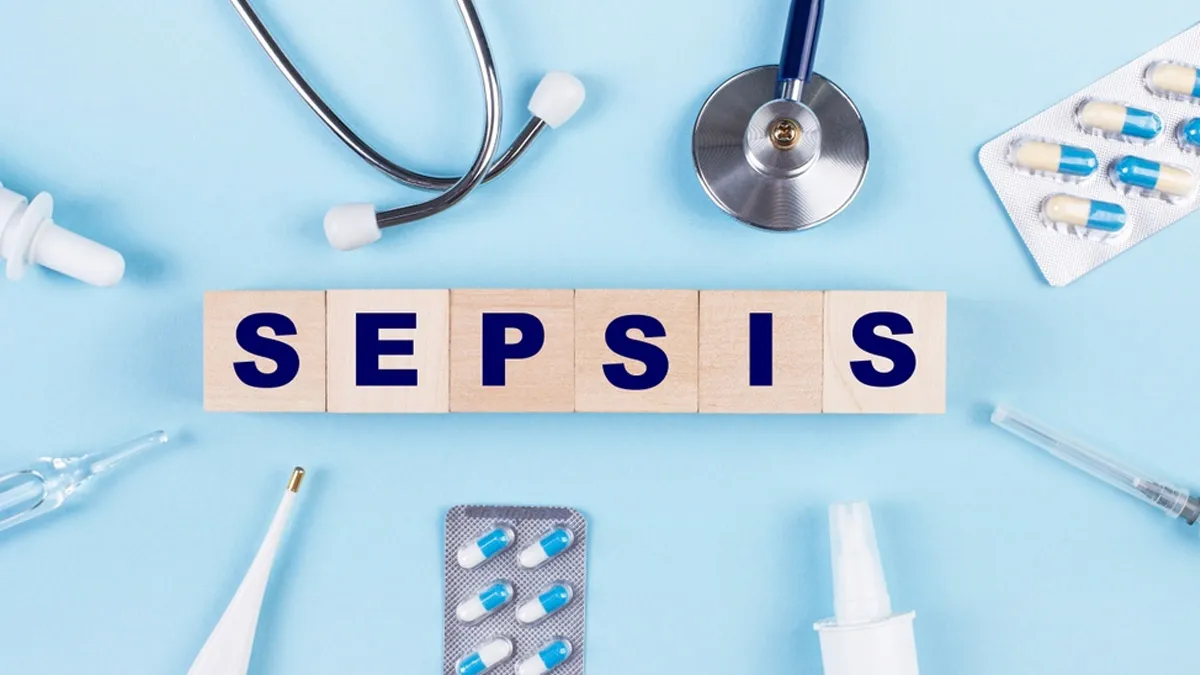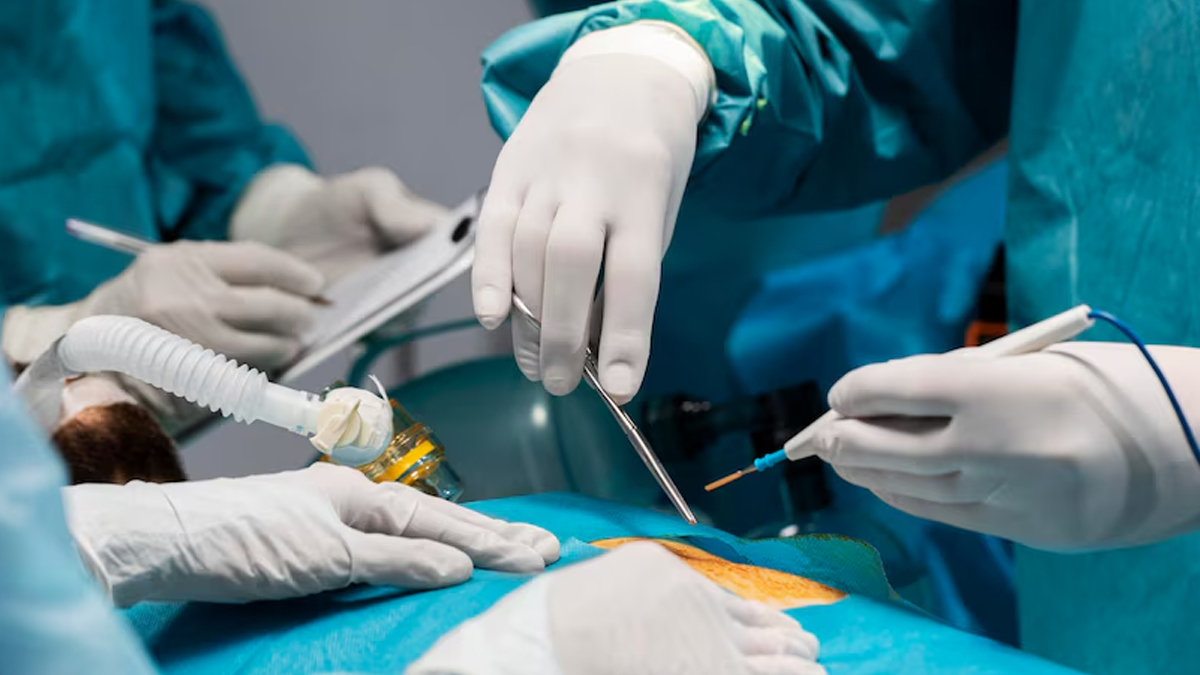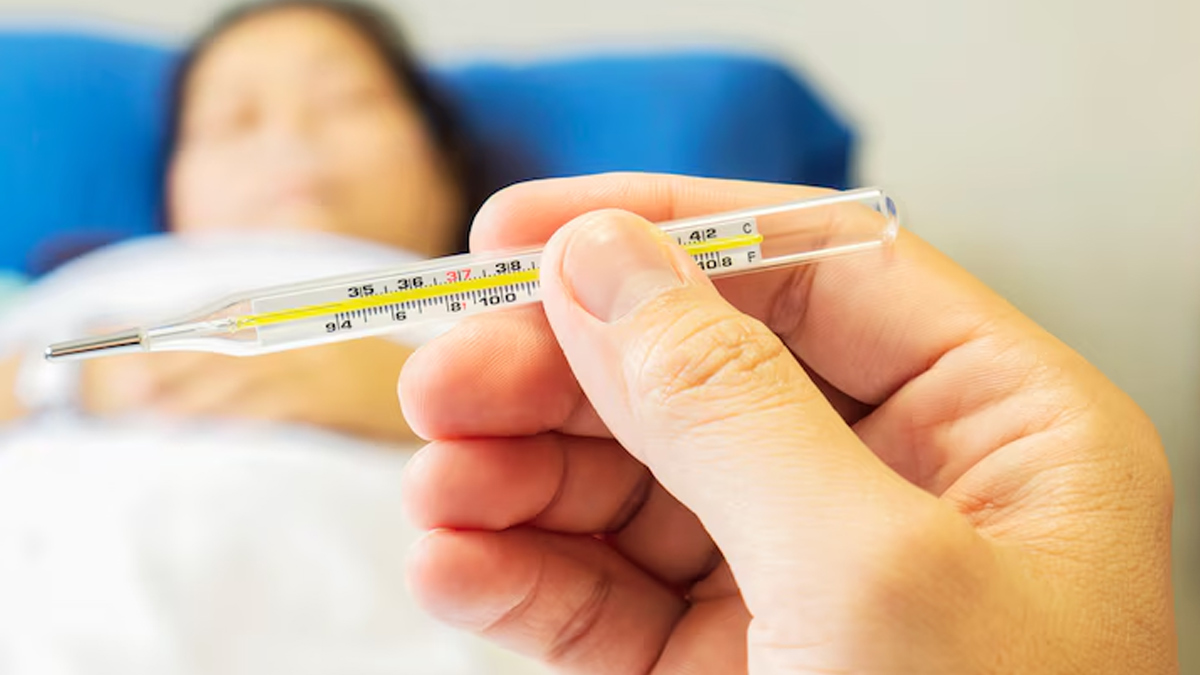
Sepsis is a critical condition that can develop after surgery when the body’s response to infection spirals out of control. Often termed "blood poisoning," sepsis occurs when the immune system reacts aggressively to bacteria, leading to widespread inflammation, tissue damage, and potentially, organ failure. Postoperative patients are especially vulnerable due to their weakened immune defences and exposure to potential infection sources like surgical wounds, catheters, and medical equipment.
Table of Content:-
To understand how to prevent sepsis after surgery and tips for safety, OnlyMyHealth team interacted with Dr Sandeep Patil, Chief Intensivist, Fortis Hospital, Kalyan. He explains, “Sepsis is a serious condition where the body does not respond properly to an infection. Often known as septicemia, or blood poisoning, it arises when the immune system is weakened due to factors such as chronic illnesses, age, or infection in areas like the lungs, urinary tract, or skin.” In postoperative patients, whose immune systems may already be compromised, the risks of sepsis increase significantly due to factors such as surgical wounds and the use of medical devices.
Key Risk Factors for Sepsis in Postoperative Patients

Surgical procedures, while critical for patient health, can introduce risks of infection. Factors contributing to postoperative sepsis include abnormal fluid collections (hematoma or seroma), contamination of the surgical site or equipment, and the presence of foreign materials in the surgical site. Dr Patil notes, “Aspects like prolonged surgical time, improper hair removal, inadequate antibiotic prophylaxis, and poor ventilation in the operating room can increase the risk of infection, which may lead to sepsis.”
In addition to procedural factors, Dr Patil identifies several surgical techniques that may contribute to infection risks:
- Excessive tissue trauma or tension during the procedure
- Failure to remove dead or dying tissue
- Inadequate hemostasis, or blood flow control
- Prolonged use of drains and cautery in the surgical site
Maintaining sterile conditions and practising careful surgical techniques are essential to reduce the risk of infections that can lead to sepsis. However, postoperative infection management doesn’t stop once the surgery is complete; infection prevention must be managed throughout the perioperative period.
Early Detection and Key Symptoms of Sepsis

Recognising the symptoms of sepsis early on is critical for prompt treatment and improving the prognosis for patients. Common signs of sepsis include fever, pain or tenderness at the operative site, skin discoloration, low blood pressure, and high white blood cell counts. According to Dr Patil, “Early detection of sepsis is crucial to prevent it from spreading. Immediate medical assistance should be sought if symptoms occur, as untreated sepsis can lead to tissue and organ damage and even death.”
Pre-Procedural Measures to Minimise Sepsis Risk
Preoperative planning plays an essential role in reducing sepsis risks. Key measures include optimising chronic health conditions, particularly in patients with diabetes or cardiovascular diseases. Patients are advised to manage blood glucose levels, adjust medications if necessary, and address any chronic wounds or infections before surgery. Lifestyle changes such as quitting smoking are also encouraged to enhance the immune system’s resilience against potential infections.
Dr Patil recommends certain preoperative steps: “Patients should consider preoperative showers, body hair clipping instead of shaving to reduce skin irritation, and the use of antibiotics suited to the specific type of surgery.” Ensuring proper skin preparation and sterilisation of surgical tools is also essential.
Also read: What Happens If You Don’t Treat Sepsis On Time? Expert Shares Consequences
Intraoperative and Postoperative Measures

During surgery, maintaining optimal conditions can drastically reduce infection risks. Surgeons and operating staff must control room temperature, ensure adequate ventilation, and use sterilised equipment. Dr Patil explains, “Regulating temperature, managing air circulation, and ensuring skin sterility are crucial in the operating room to minimise the risk of wound infections.”
Following surgery, effective postoperative care includes careful monitoring of the surgical site for any signs of infection and addressing them immediately. Patients are advised to follow a clean wound-care routine, take prescribed antibiotics, and attend regular follow-ups.
Vital Role of Patient Awareness and Medical Support
Preventing postoperative sepsis requires both patient awareness and healthcare vigilance. Dr Patil underscores the importance of infection prevention practices: “By being aware of the risk factors, recognizing the signs and symptoms, and implementing infection prevention practices, the chances of developing sepsis post-surgery can be significantly reduced.” Patients and their families should understand the importance of immediate response if symptoms arise, as early intervention is the most effective way to prevent sepsis from progressing.
Conclusion
Sepsis is a silent, but deadly risk in postoperative care. With proper preoperative, intraoperative, and postoperative practices, the likelihood of developing sepsis can be significantly reduced. By working with healthcare professionals, monitoring for symptoms, and following infection prevention guidelines, patients can protect themselves from the dangers of sepsis and focus on a smoother recovery journey.
Also watch this video
How we keep this article up to date:
We work with experts and keep a close eye on the latest in health and wellness. Whenever there is a new research or helpful information, we update our articles with accurate and useful advice.
Current Version